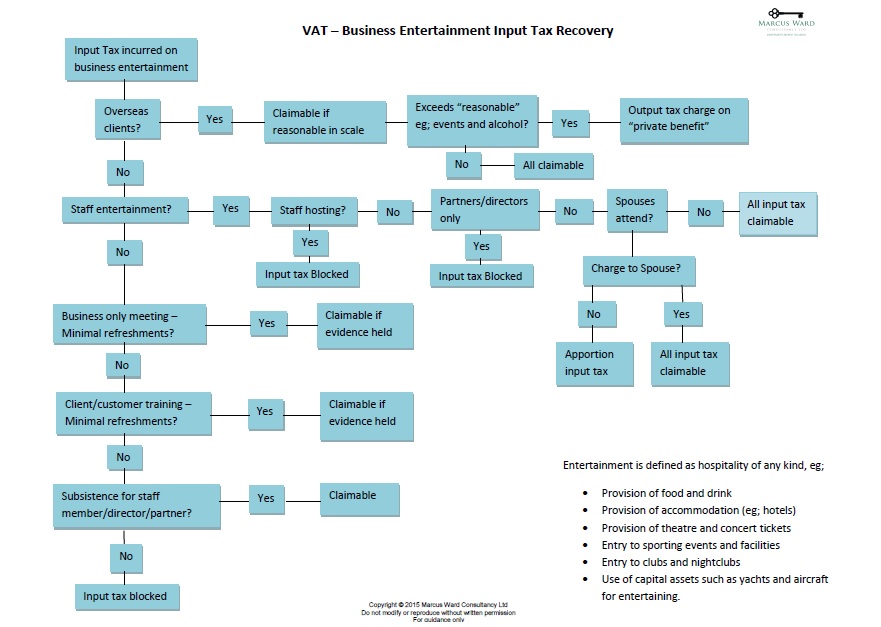Completion of a residential dwelling
A technical point which comes up surprisingly often and seems innocuous is: when is a building “complete”? The following case is helpful, and I thank Les Howard for bringing it to my attention.
The date that the construction of a dwelling is deemed to be complete is important for a number of reasons. The issue in the case of Mr and Mrs James was whether certain works could be zero rated via the VAT Act Schedule 8 Group 5 Item 2 (The supply in the course of the construction of a building designed as a dwelling…) or as HMRC contended, they were the reconstruction or alteration of an existing building and the work should be standard rated.
Background
The James used a contractor to plaster the entire interior of their house in the course of its construction. However, the work was demonstrably defective to such an extent that the James commenced legal proceedings. A surveyor advised that all of the old plaster needed to be hacked off and replaced by new plastering installed by a new firm. The stripping out and replacement works took place after the Certificate of Completion had been issued.
The James claimed input tax on the house construction via the DIY Housebuilders’ Scheme.
Technical
HMRC refused the James’ claim to have the remedial work zero-rated because, in their view, the re-plastering works amounted to the reconstruction or alteration of the house which was, when the supplies were made, an “existing building”. They proffered Note 16 of Schedule 5 which provides that “the construction of a building” does not include “(a) … the conversion, reconstruction or alteration of an existing building”.
They stated that zero-rating only applied if the work formed part of the construction of a zero-rated building. They had previously decided that the work of snagging or correction of faults carried out after the building had been completed could only be zero-rated if it was carried out by the original contractors and correction of faults formed part of the building contract. When the snagging is carried out by a different contractor, the work is to an existing building and does not qualify for zero rating.
The James stated that the Customs’ guidelines on snagging do not take into account extraordinary circumstances. Their contention was that the re-plastering works were zero rated because they had no choice but to engage the services of a different contractor other than the one who carried out the original works.
Decision
The judge found for the appellant – the re-plastering works were zero rated.
There was a query as to why The James applied for a Certificate of Completion before the plastering was completed. In nearly all cases such a certificate would crystallise the date the building was complete.
The reasons were given as:
- the need for funds. The James could not remortgage the house without the certificate and they needed to borrow a substantial amount
- they could not reclaim VAT under the DIY Housebuilders’ Scheme until the Certificate of Completion had been issued
- they were aware that the building inspector was beginning to wonder why the building works were taking such a long time
- they needed the house assessed for Council Tax which could only happen when the certificate had been issued
- the Certificate was issued as part of the procedure required by the Building Act 1984 and the Building Regulations of 2000
These reasons were accepted by the judge.
Despite the respondents stating that:
- for the reasons given above
- the fact that the James had been living in the house for some time
- they had obtained the Certificate of Completion
- the new plastering work had been done by the new plasterer such that the house had been constructed before supply of the new plasterer’s services had been made
- the house was an “existing building”
the judge was satisfied that in the circumstances the new plastering work was supplied in the course of the construction of the building as a dwelling house and that there was no reconstruction or alteration of an existing building in the sense contemplated by Note (16) to Group 5 Schedule 8.
He observed that the Certificate of Completion records that the substantive requirements of the Building Regulations have been satisfied. But to the naked eye the old plasterwork was obviously inadequate and dangerous ad he could not possibly consider that the construction project had finished until the new plasterwork was installed. The James’ construction project was to build a new dwelling house. Plasterwork of an acceptable standard was an integral part of the construction works. The new plasterwork was done at the earliest practicable opportunity.
Commentary
Care should be taken when considering when the completion of a house build takes place. There are time limits for DIY Housebuilders’ Scheme clams and clearly, as this case illustrates, usually work done to a house after completion does not qualify for zero rating. So, if the owner of a house is thinking of, say, building a conservatory for example, it is more prudent in VAT terms to construct it at the same time as a new house is built, and certainly before completion.
I would say that the appellant in this case achieved a surprisingly good result.

